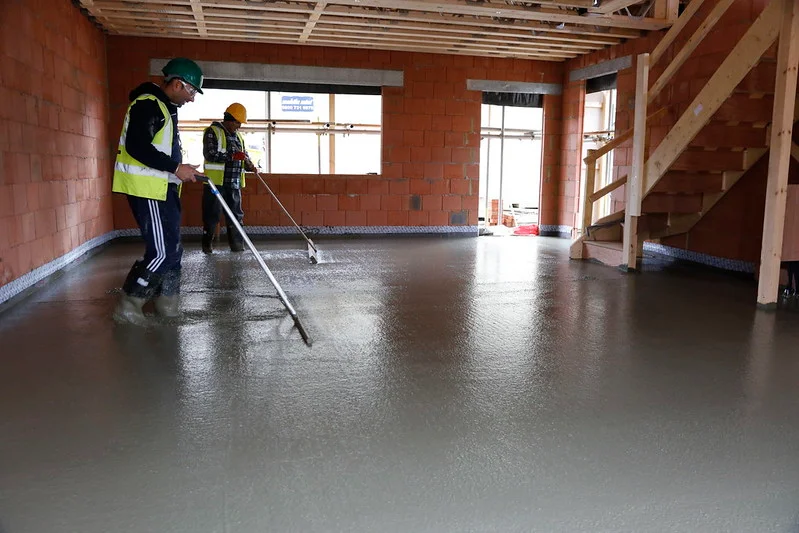In the world of construction and home improvement, flooring plays a vital role in creating durability, comfort, and aesthetics. One method that has been gaining increasing popularity across both residential and commercial projects is Liquid Screeding. Known for its efficiency, precision, and smooth finish, this modern approach to floor preparation has transformed the way floors are installed and finished.
What is Liquid Screeding?
Liquid Screeding, also known as flow screed or self-leveling screed, is a process where a liquid cement-based mixture is poured across the floor surface to create an even, level, and strong base. Unlike traditional sand and cement screeds, liquid screeds are free-flowing, allowing them to settle naturally and evenly without the need for extensive manual work.
Key Advantages of Liquid Screeding
1. Precision and Smooth Finish
Because of its self-leveling properties, Liquid Screeding produces a flawless surface, making it the ideal base for final floor finishes like tiles, laminate, or hardwood.
2. Speed and Efficiency
Liquid screeds are quicker to apply compared to traditional methods. The fast application means large areas can be covered in a short amount of time, reducing labor costs and project delays.
3. Compatibility with Underfloor Heating
One of the biggest advantages of Liquid Screeding is its excellent thermal conductivity. When used with underfloor heating systems, it encapsulates pipes or cables completely, ensuring efficient heat distribution and energy savings.
4. Durability and Strength
Once cured, liquid screeds provide exceptional strength and load-bearing capacity. This makes them suitable for both domestic and heavy-duty commercial environments.
5. Reduced Thickness Requirement
Compared to traditional screeds, liquid versions require less depth to achieve the same performance, freeing up more room for insulation and lowering structural weight.
Applications of Liquid Screeding
-
Residential Homes: Ideal for modern houses, especially those using underfloor heating.
-
Commercial Buildings: Offers durability for offices, retail spaces, and warehouses.
-
Renovation Projects: Perfect for refurbishments where precision and speed are critical.
The Process of Liquid Screeding
-
Preparation – The surface is cleaned, primed, and prepared with insulation or membranes if required.
-
Pouring – The liquid screed is pumped across the floor using specialized equipment.
-
Leveling – Due to its self-leveling nature, only minor adjustments are needed.
-
Drying and Curing – Depending on the mixture used, liquid screeds typically dry faster than traditional ones, making the floor ready for final finishes sooner.
Conclusion
As conAstruction methods evolve, Liquid Screeding stands out as one of the most efficient and reliable flooring solutions available today. From faster installation times to superior finishes and compatibility with modern heating systems, it has become the go-to choice for builders, contractors, and homeowners seeking a high-quality flooring foundation. Whether for a new build or a renovation, liquid screeds are redefining flooring excellence for the future.

